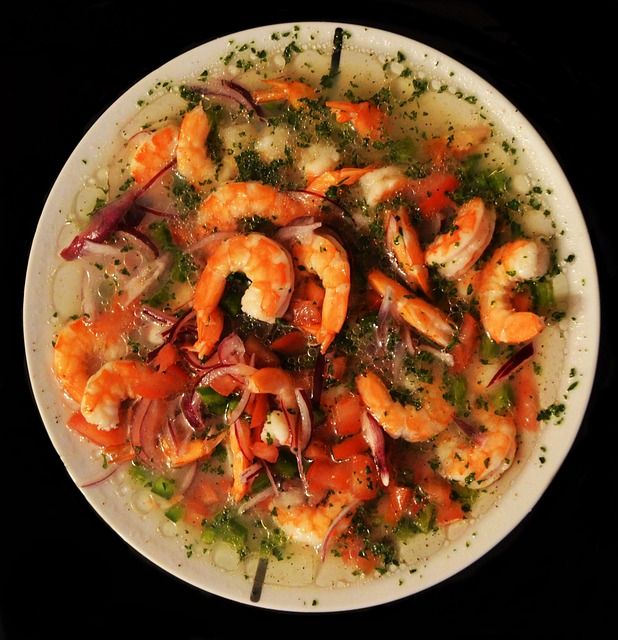If you’ve ever taken a bite of a dish and felt a deep, savory satisfaction that goes beyond sweet, sour, salty, or bitter — you’ve tasted umami. Often called the “fifth taste,” umami is a subtle yet powerful flavor that elevates dining experiences, especially in Asian food New Jersey restaurants. Whether it’s the silky miso broth in ramen or the rich soy-glazed stir-fry, umami draws people in, making them crave just one more bite.

What Exctly Is Umami?
Umami is a Japanese word meaning “pleasant savory taste.” Scientifically, it’s triggered by glutamates and certain nucleotides found naturally in ingredients like mushrooms, seaweed, soy sauce, aged cheeses, and slow-cooked meats. In Asian food, umami often appears in broths, sauces, marinades, and even fermented condiments. It’s the secret to making flavors feel round, rich, and deeply satisfying.
How Asian Cuisines Master Umami
Asian culinary traditions have been using umami-rich ingredients for centuries, long before science gave the taste a name. In Japanese cuisine, kombu (seaweed) and bonito flakes create a delicate yet complex dashi broth. Chinese cuisine uses fermented black beans and oyster sauce to add depth to stir-fries. Korean food uses gochujang — a spicy, fermented chili paste — to create bold layers of flavor. In New Jersey, chefs recreate these traditions while adding their own modern flair, offering a fusion of authenticity and innovation.
Why Diners Love the Umami Experience
Part of umami’s magic is how it lingers, coating your taste buds and enhancing the flavors of other ingredients. It’s comforting without being heavy, rich without being greasy. Diners seeking Asian food New Jersey often say they feel more “satisfied” after meals rich in umami because it stimulates the appetite while giving a sense of fullness. It’s also incredibly versatile, complementing everything from vegan dishes to seafood feasts.
Umami-Rich Ingredients to Look Out For
When dining out, spotting umami-packed dishes is easier if you know which ingredients bring it to the table. Common examples in Asian cuisine include:
- Soy sauce and tamari
- Mushrooms, especially shiitake
- Seaweed (kombu, nori)
- Fermented pastes (miso, gochujang, doenjang)
- Fish sauce and oyster sauce
- Slow-cooked broths made from bones and vegetables
Umami in Modern Asian Food in NJ
In recent years, many chefs in New Jersey have embraced the trend of amplifying umami, blending traditional Asian ingredients with local produce. Think ramen with locally grown mushrooms, sushi rolls with fresh Jersey seafood, or bao buns filled with slow-braised meats infused with soy-based marinades. The result? A culinary scene where Asian food New Jersey lovers can enjoy the best of both worlds — traditional flavor wisdom and contemporary creativity.
The Social Side of Umami
Food with strong umami notes often sparks conversation. It’s the kind of flavor that makes diners pause mid-bite and say, “What is in this?” For many, discovering umami-rich dishes becomes part of their food journey, making Asian restaurants in New Jersey not just dining spots but also places of exploration and shared experiences.

Savoring the Fifth Taste!
Next time you explore Asian food New Jersey, pay attention to that deep, lingering savoriness in your meal. Whether it comes from a slow-simmered broth, a fermented sauce, or a simple sprinkle of seaweed, it’s umami at work — the taste that keeps you coming back for more.
Ready to taste it for yourself? Seek out your local Asian restaurants, experiment with different dishes, and let your taste buds discover why umami is the flavor that truly completes the dining experience.